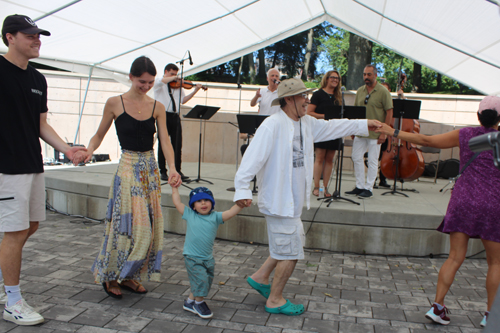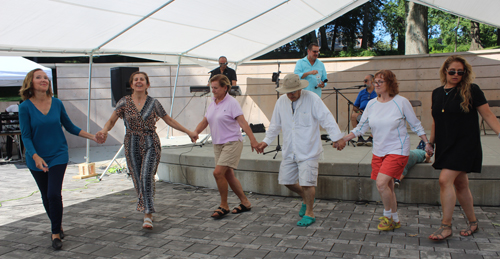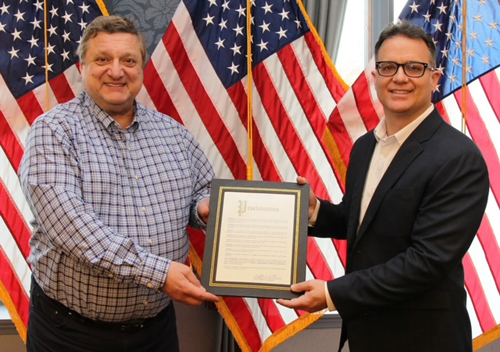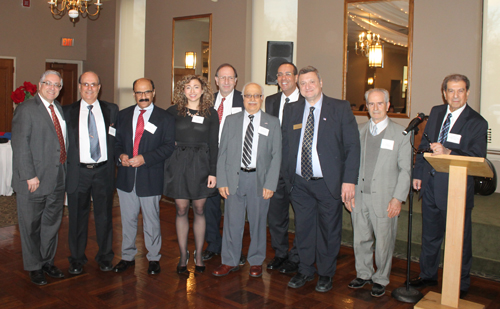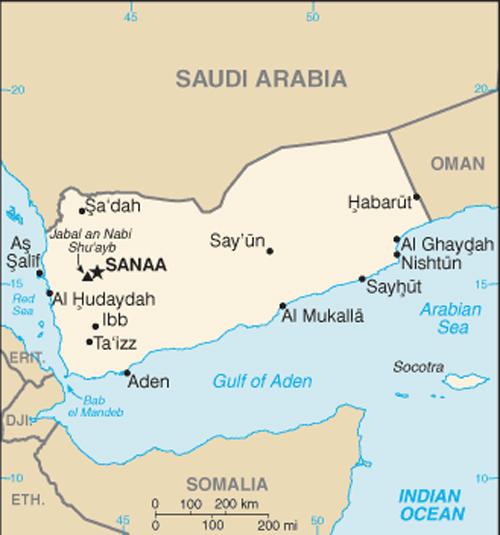North Yemen became independent from the Ottoman Empire in 1918. The British, who had set up a protectorate area around the southern port of Aden in the 19th century, withdrew in 1967 from what became South Yemen. Three years later, the southern government adopted a Marxist orientation. The massive exodus of hundreds of thousands of Yemenis from the south to the north contributed to two decades of hostility between the states. The two countries were formally unified as the Republic of Yemen in 1990. A southern secessionist movement and brief civil war in 1994 was quickly subdued. In 2000, Saudi Arabia and Yemen agreed to delineate their border. Fighting in the northwest between the government and the Huthis, a Zaydi Shia Muslim minority, began in 2004 and has since resulted in six rounds of fighting that ended in early 2010 with a cease-fire. The southern secessionist movement was revitalized in 2008. Public rallies in Sana'a against then President Salih - inspired by similar demonstrations in Tunisia and Egypt - slowly built momentum starting in late January 2011 fueled by complaints over high unemployment, poor economic conditions, and corruption. By the following month, some protests had resulted in violence, and the demonstrations had spread to other major cities. By March the opposition had hardened its demands and was unifying behind calls for Salih's immediate ouster. In April 2011, the Gulf Cooperation Council (GCC), in an attempt to mediate the crisis in Yemen, proposed the GGC Initiative, an agreement in which the president would step down in exchange for immunity from prosecution. SALIH's refusal to sign an agreement led to further violence.
The UN Security Council passed Resolution 2014 in October 2011 calling for an end to the violence and completing a power transfer deal. In November 2011, Salih signed the GCC Initiative to step down and to transfer some of his powers to Vice President Abd Rabuh Mansur Hadi. Following Hadi's election victory in February 2012, Salih formally transferred his powers. In accordance with the GCC initiative, Yemen launched a National Dialogue Conference (NDC) in March 2013 to discuss key constitutional, political, and social issues. Hadi concluded the NDC in January 2014. Subsequent steps in the transition process include constitutional drafting, a constitutional referendum, and national elections. Since the Arab Awakening in 2011, the Huthis have expanded their influence, culminating in a major offensive against military units and tribes affiliated with their Yemeni rivals and enabling their forces to overrun the capital, Sana'a, in September 2014. In January 2015, the Huthis attacked the presidential palace and President Hadi's residence and surrounded key government facilities, prompting Hadi and the cabinet to submit their resignations. Hadi fled to Aden, and in February 2015 rescinded his resignation. He subsequently escaped to Saudi Arabia and asked the GCC to intervene militarily in Yemen to protect the legitimate government from the Huthis. In March, the Kingdom of Saudi Arabia launched Operation Decisive Storm, a series of airstrikes against Huthi and Huthi-affiliated forces. In April 2015, the Saudi Government announced completion of the operation and initiated Operation Restoring Hope, which focuses on humanitarian aid and a return to political dialogue. However, fighting continued through the remainder of 2015 and into early 2016. In April, the UN brokered a "cessation of hostilities" among the warring parties and initiated peace talks in Kuwait. (From the CIA World Factbook)
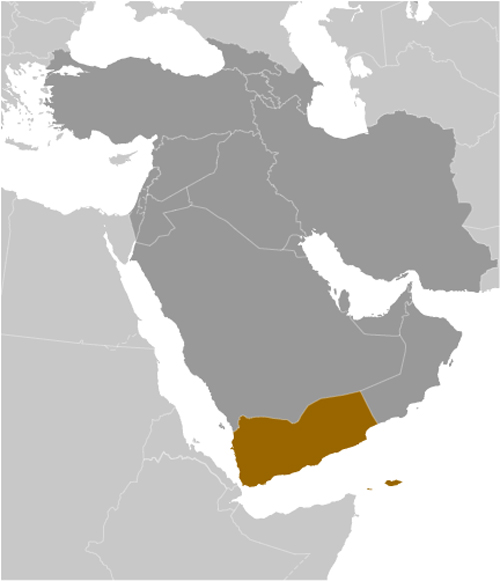
Tell us about the music, food, holidays, traditions, costumes, language and other qualities that makes people from Yemen so special.
Submit your Cleveland Yemeni cultural items.
| 


